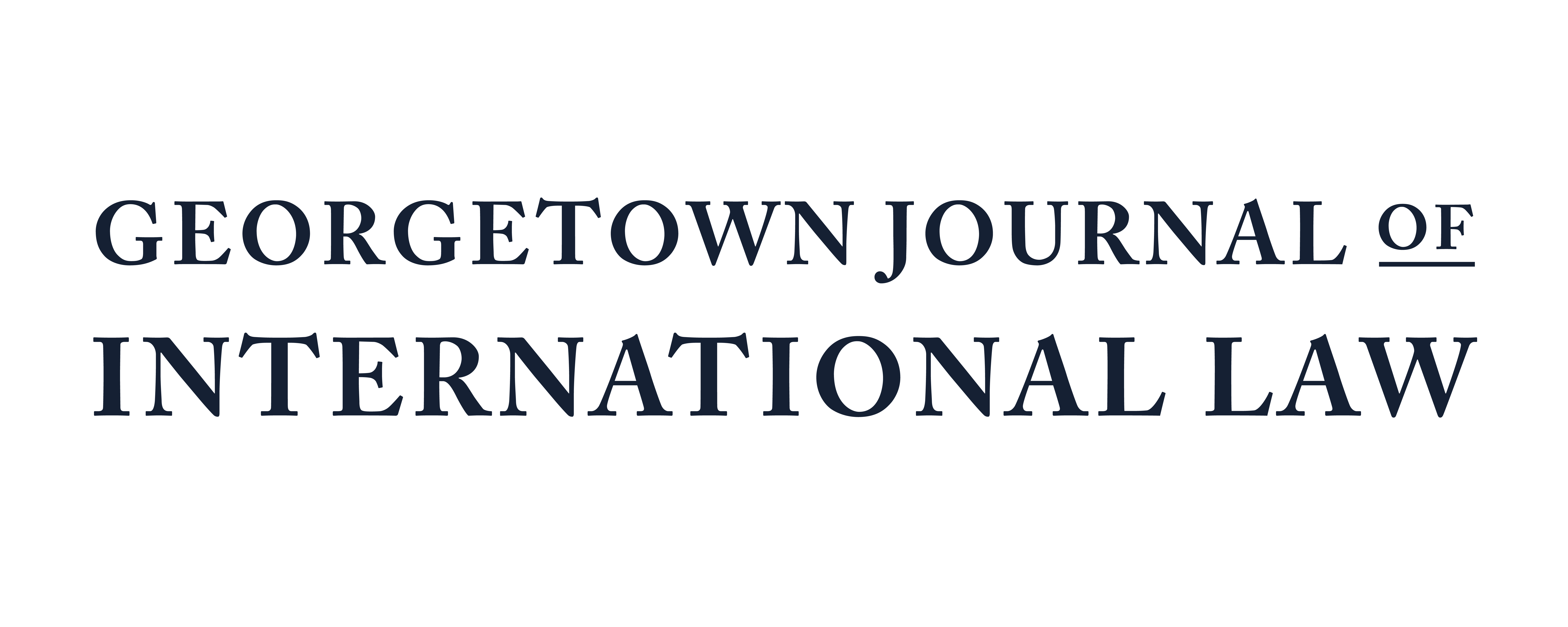State-Owned Enterprises May Upset China’s Bid to Join the CPTPP
October 28, 2021 by Digital Editor

10/07/2020. London, United Kingdom. Secretary of State for International Trade, Liz Truss chairs a CPTPP Head of Mission Roundtable, in the Foreign and Commonwealth Office
By Xuetao Richard Wang
In September 2021, China made a formal bid to join the Comprehensive and Progressive Agreement for Trans-Pacific Partnership (CPTPP) by submitting a written letter to the partnership’s Depositary. The CPTPP is a free trade agreement (FTA) between 11 countries: Australia, Brunei, Canada, Chile, Japan, Malaysia, Mexico, Peru, New Zealand, Singapore, and Vietnam. This Agreement generally incorporates, by reference, the provisions of the Trans-Pacific Partnership (TPP) Agreement, with some small exceptions. Based on Article 5 of the CPTPP, any state may accede to the agreement subject to terms and conditions agreed upon by the existing members and the acceding state.
This article will analyze the prospect of China’s recent bid. Analysts have predicted that China may not succeed in its application due to its strained relationships with several member countries of CPTPP. For starters, China is still engaged in territorial and trade disputes with Japan and Australia. Meanwhile, Canada and Mexico – which are also members of the United States-Mexico-Canada Agreement – could be bound by their North American accord to block China’s accession to the CPTPP, as this second agreement contains a “poison pill” provision requiring any of its three members to consult with the others if it wishes to pursue a trade deal with any “non-market country.” As China is still seen as a non-market economy, the United States – which has incentives to block China from joining the CPTPP for geopolitical reasons – has a strong argument to encourage Canada and Mexico to reject China’s bid.
Aside from these political barriers, China also faces obstacles that are baked into the legal provisions of the CPTPP, especially those that put restrictions on state-owned enterprises (SOEs). The CPTPP is the first agreement of its kind to attempt to discipline SOEs as a distinct category through trade rules, which is a much stricter approach than the looser SOE rules established within China’s other trade treaties, specifically the Regional Comprehensive Economic Partnership (RCEP) and the World Trade Organization (WTO) agreements. The provisions in Chapter 17 of the CPTPP include three broad obligations meant to reduce the discretion of governments to use state-ownership as a tool for trade protectionism: first, SOEs must operate according to commercial considerations only (Article 17.4); second, they must not give or receive subsidies that harm international trade (Article 17.6); and third, they must not discriminate against foreign suppliers (Article 17.4).
Member states must also provide their courts with jurisdiction over civil claims arising from SOE activities (just as they do for non-SOE firms), publicly list all of their SOEs and designated monopolies (even those not covered by the chapter’s rules), and commit to further negotiations within five years that may lead to even further liberalization of SOEs.
By contrast, the RCEP does not have a chapter on SOEs, and the restrictions on China’s SOE activities set out in the WTO General Agreement on Tariffs and Trade are also potentially less stringent than that of CPTPP. Paragraph 46 of the WTO Report of the Working Party on the Accession of China (WPR) provides that Chinese representatives confirmed that “China would ensure that all SOEs would make purchases and sales based solely on commercial considerations, e.g. price, quality, marketability and availability.” This simply provides a general restriction that requires the government of China to respect the commercial decisions made by SOEs in keeping with market pressures. It is unclear what constitutes violation of this requirement, how to determine if the SOEs make decisions based only on commercial considerations, or what the Chinese government exactly cannot do.
Compared with the WTO Agreement, the CPTPP’s major innovation is that it imposes harsher restrictions on government subsidies to SOEs. The CPTPP forbids non-commercial assistance (NCA) to SOEs adversely affecting trade in services. Such a provision would be particularly costly for China, whose economy is still highly reliant on SOEs. By 2018, China had 242,000 SOEs, comprising 57.9% of the total assets of all Chinese corporations and 28.1% of its revenue. The country’s 96 SOEs directly managed by the central government, a list of which is published on the State-Owned Assets Supervision and Administration Commission (SASAC) website, dominate China’s telecommunication, energy, and steel industries. Moreover, China heavily subsidizes its SOEs in technology industries, with programs like Made in China 2025. SOEs not only provide services to and complement the private sector economy, but also serve as an important tool in China’s economic growth. Consequently, China is almost certainly preparing for a fierce debate over the specific SOEs provision of the CPTPP, as it could potentially be very costly for China to accede as things currently stand.
On the other hand, the CPTPP’s restrictions on SOEs still contain several loopholes, which China can exploit to ensure its SOEs maintain seamless operations. First of all, the definition of SOEs under the CPTPP is quite narrow; they are defined in Chapter 17 as enterprises principally engaged in commercial activities and in which the government either has more than 50 percent ownership rights or holds the power to appoint a majority of members to any management body. This definition does not explicitly cover SOEs over which the government has de facto “effective influence,” in which the government may not have a 50% ownership stake but remains capable of influencing the management and operations of these enterprises through informal powers. For example, China is reforming its current SOEs through corporatization: it has begun mandating the creation of a Party Committee in all state entities, which effectively ensures the government maintains an active role in the company through committee positions. By June 2020, more than 1,000 SOEs had established Party Committees by amending their Articles of Association. Consequently, even if the government controls less than a 50% ownership stake and therefore not necessarily SOEs under the CPTPP definition, these enterprises are still controlled or strongly influenced by their Party Committees and the Chinese government.
Furthermore, the CPTPP clause forbidding NCAs also appears to be limited in scope to prohibiting government subsidies to SOEs only. The focus of the clause is meant to remove the preferential treatment and competitive advantages that SOEs receive, but China is diversifying its ownership in China-based companies by having its SOEs invest heavily in key industries’ private-owned enterprises (POEs). In 2020, SOEs run by the central government invested in over 6,000 POEs through an equity infusion of more than RMB 400 billion (USD 62 billion). As a result, merely prohibiting preferential treatment to SOEs may not serve the clause’s intended purpose, leaving the door open for Chinese POEs to receive state subsidies.
China’s bid to enter into the CPTPP will surely be contentious. The country’s possible accession may force the CPTPP’s existing member states to realize the inefficacy of the agreement’s current SOEs provisions, which could in turn lead to their commitment to imposing higher standards and more restrictions on China. At the same time, the Chinese government continues to rely on SOEs in key sectors not simply as a tool for protectionism, but also as a way to maintain the stability and development of its economy. With a governing philosophy quite different from that of most members of the CPTPP, China is bound to face obstacles and challenges in its bid to join the partnership. It will be interesting to see whether China will maneuver around the CPTPP’s current SOEs provisions, or will instead choose to further embrace marketization and economic liberalization as a concession to win its bid.
Xuetao Richard Wang is a second year JD student at Georgetown University Law Center. He is a staff editor at Georgetown Journal of International Law (GJIL) and a member of GJIL’s Digital Committee. Prior to attending law school, he worked as a macroeconomic researcher. During law school, he studied international trade law and regulation and participated in the Trade & Investment Team at the Policy Clinic, Harrison Institute.

